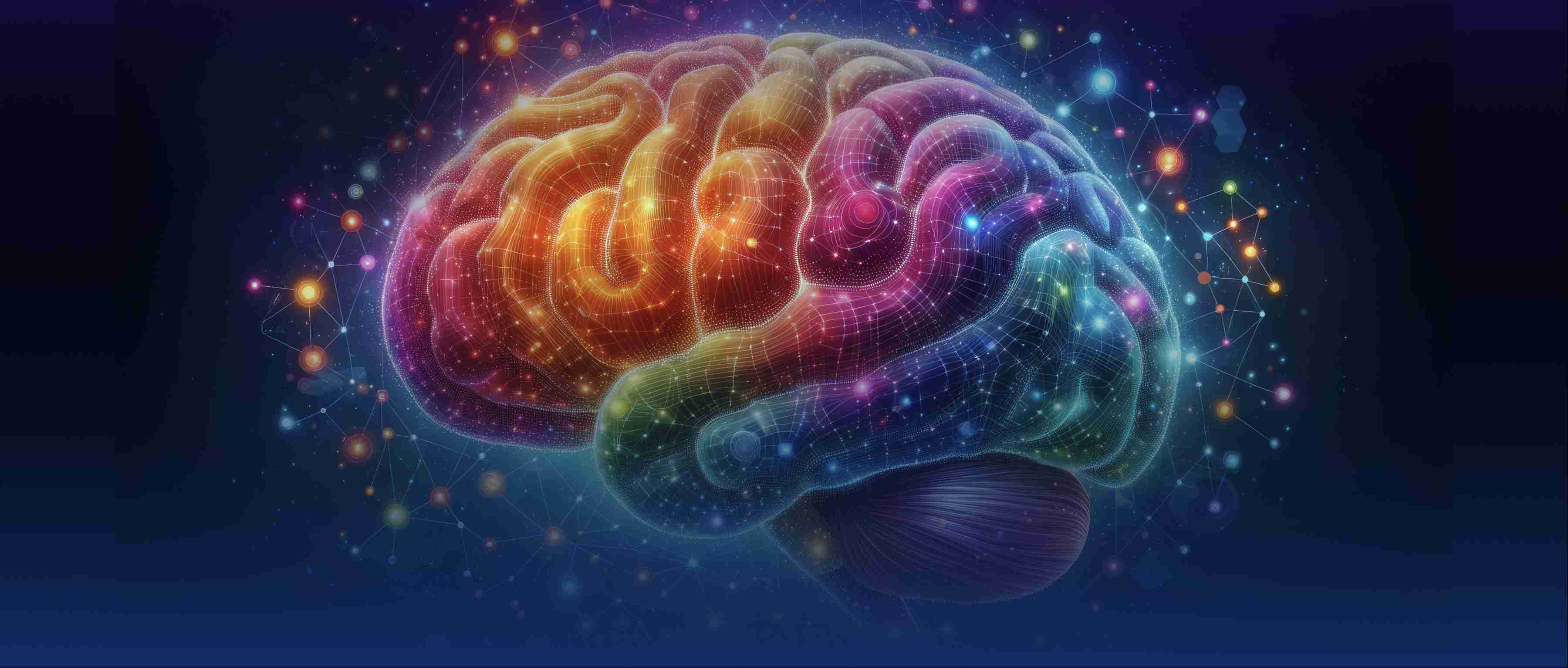Timestep embeddings are numerical representations that encode the temporal aspects of data in sequential tasks, such as time series analysis, video processing, or natural language processing with timestamps. In these contexts, each timestep corresponds to a discrete point in time, and embeddings help capture information about the order and duration of these timesteps. Essentially, timestep embeddings transform the time information into a form that can be processed by machine learning models, particularly neural networks.
One importance of timestep embeddings lies in their ability to communicate the sequence and relative timing of events. For instance, in a video classification task, each frame can be represented by an embedding that incorporates its position in the sequence. If a model learns to recognize an action occurring in a video, the embeddings allow it to understand not only what the action is but also when it happens within the broader context of the video. Similarly, with time series data, embeddings can facilitate prediction tasks by encoding the past behavior of the time series, thus enabling the model to interact appropriately based on recent trends.
Additionally, timestep embeddings often enhance the performance of machine learning models by adding depth to the input data. By providing a meaningful representation of time, these embeddings aid in capturing patterns that may not be immediately obvious when looking solely at the raw data. For instance, in forecasting demand for a product, including timestep embeddings can help the model account for seasonality or specific events that influence consumer behavior over time. This kind of temporal understanding can significantly improve the accuracy of predictions, highlighting the critical role timestep embeddings play in various applications.
